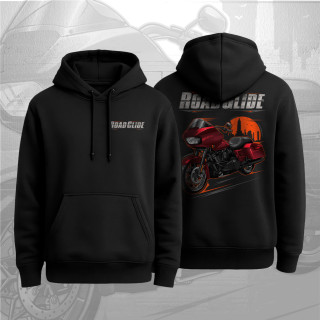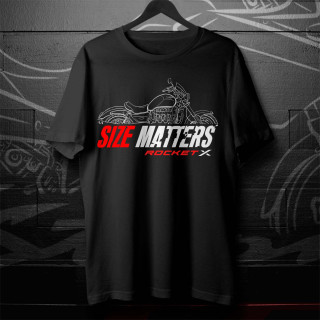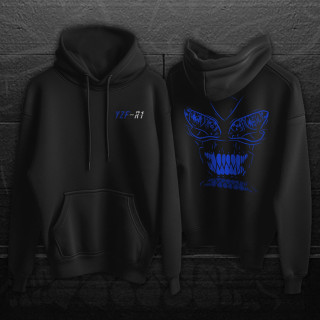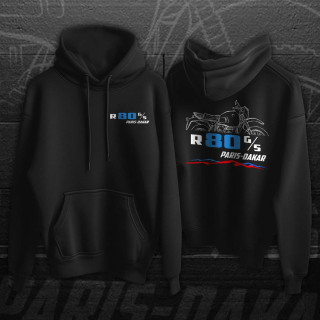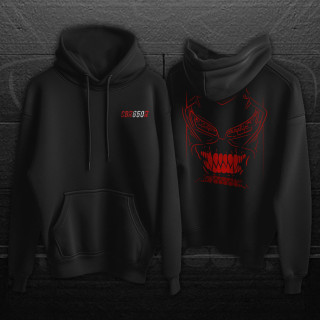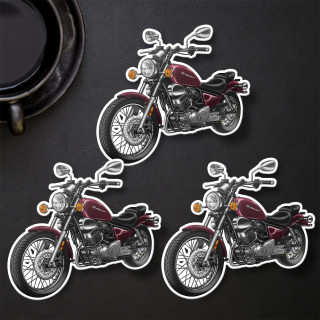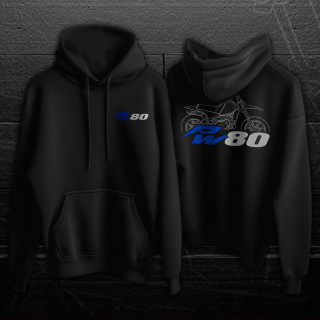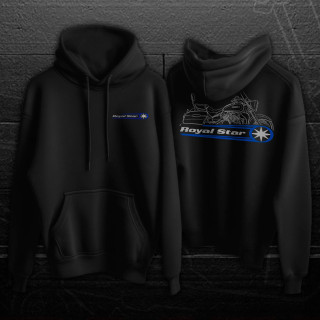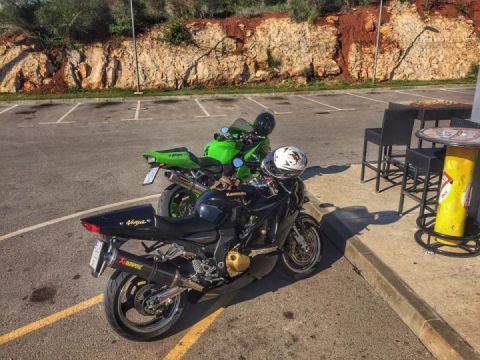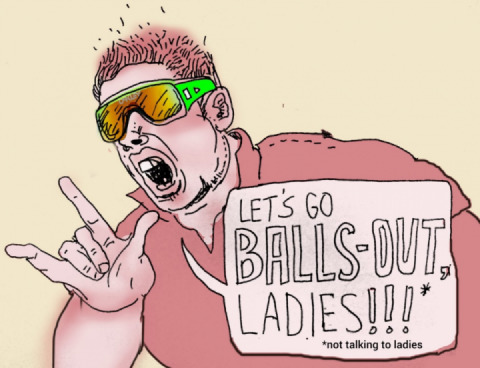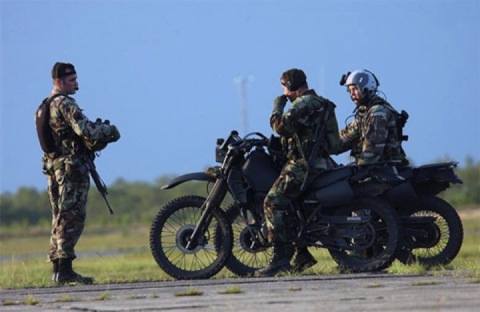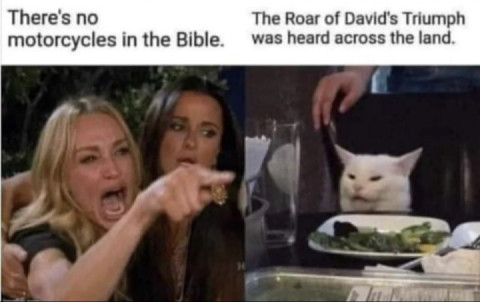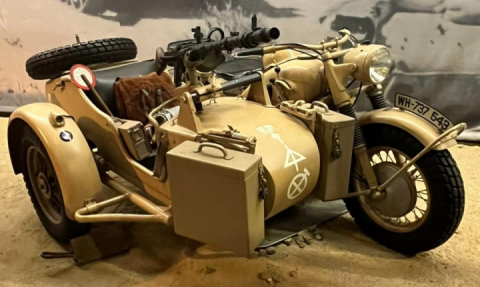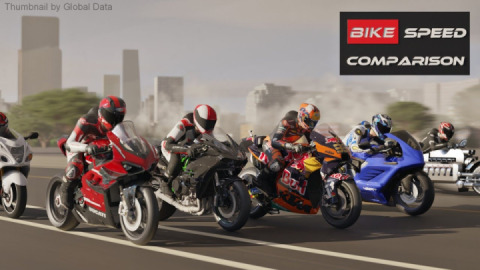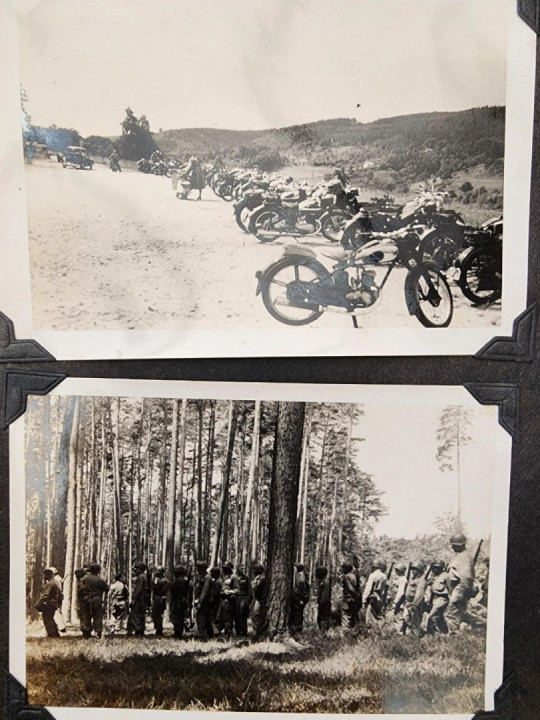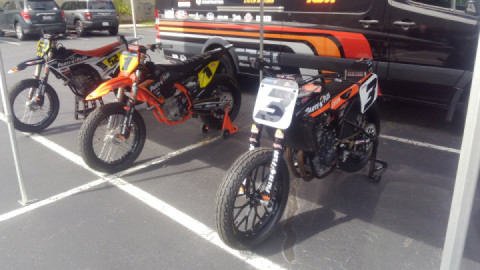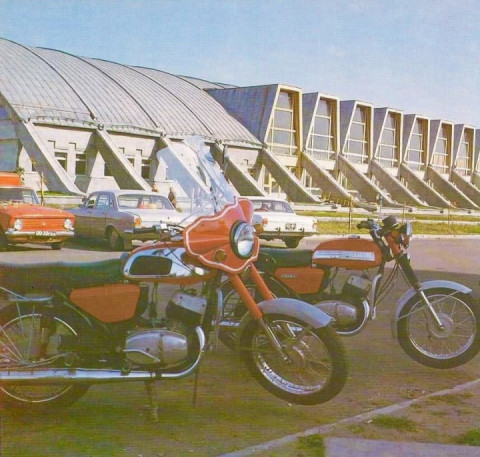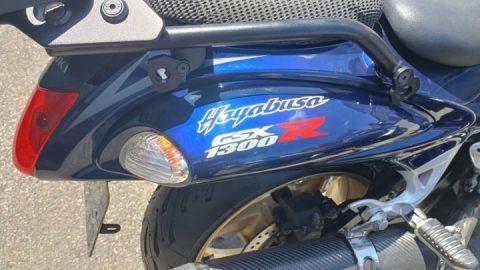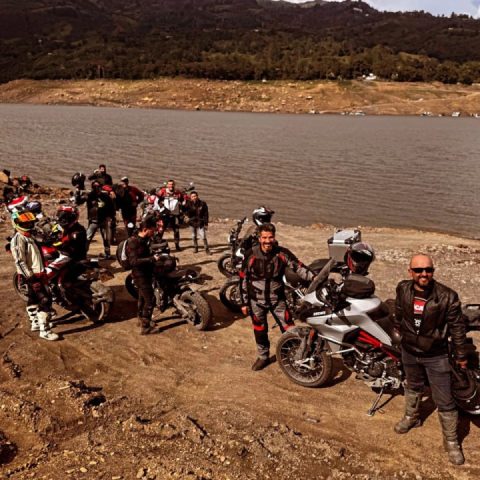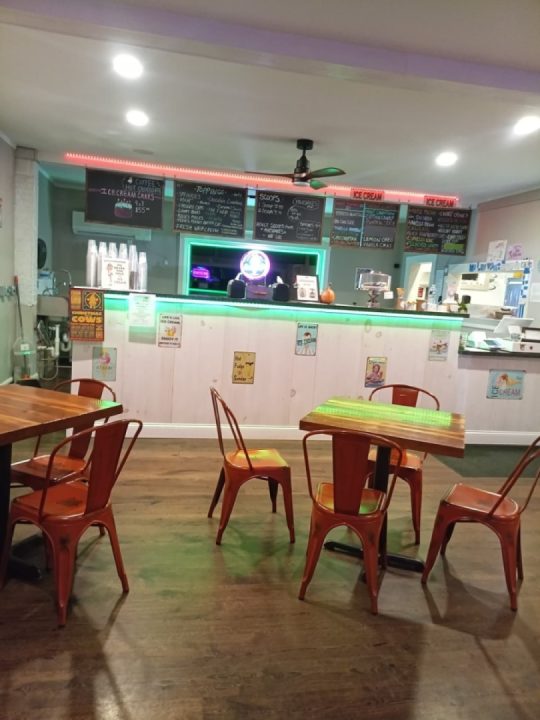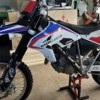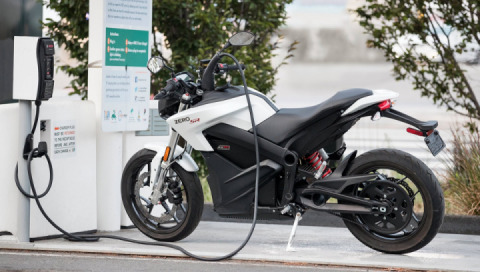
The motorcycles of WW2
As we know, a military conflict is one of the most powered forces of the technical progress. The results of WW2 included a huge amount of sufferings as well as a great number of technical innovations. The WW2 motorcycles could be one of its evidence. At that time motorcycles were widely spread in the military and used as separate combat units. Thousands of technologists were trying to design and modify their models. The motorcycles were applied in 14 countries, taking part in WW2. Each country used it for their aims. They played an important role either as solo couriers or as scouts or for evacuation injured from the battlefield. There were also fighting forces, which attended infantry and tank units.
If we talk about the most legendary motorcycle formations, the next one can be included: German, American, Japanese and Soviet. Although British WW2 motorcycles should be mentioned, because it’s well known, that the British “Triumph” was the prototype of German BMW R32.
 German motorcycles
German motorcycles
German motorcycles
In Germany, motorcycle formations were called “Kraftrad”, which means “a power wheel”. So the abbreviation “Krad” appeared from here, or K and R letters as the names of German bikes. There were two German motorcycle brands: BMW and Zundарр. And if we talk about the legendary models, they were BMW R75and Zundapp KS750. They were well adjusted to off-roads, fitted with a side-car gear and in general, these motorcycles proved that they were great fighters. At the same time, you would hardly find them at the Eastern Front, because of its high price. As the result, only the paratroops, African corps and since 1942 CC were armed with BMW R75and Zundapp KS750. Other units were equipped with BMW R71.
One more German “miracle” was a half-track aggregate Sd. Kfz. 2, which is also known as Kettenkrad. But it was mostly used as a tractor. This commuter is interesting only because of its unusual construction.
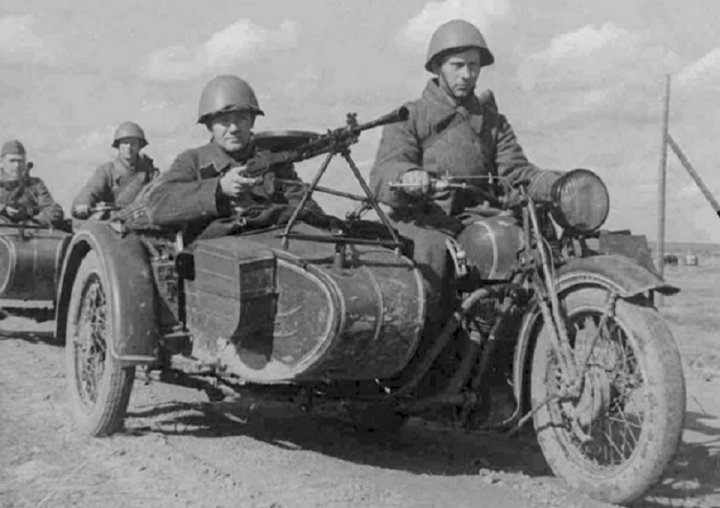
Soviet motorcycles
There is a legend about how the Soviet motorcycles appeared. They said, in 1940 the meeting of the Red Army heads was held to devise a motorcycle that would be suitable for the Red Arm. Then, one of the generals asked, what kind of aggregate have Germans chosen. It was a BMW R71. Exactly since that moment they started production of a M72 version. In fact, there were no difference between the Soviet model and its German prototype, but the Soviet one was fitted with a simple construction and an opposite low-piston engine. It gave the commuter a lower center of gravity. Its top speed wasn’t an unbelievable (80 km/h), but it had the high torque – a great advantage on a battlefield. Due to its high price, the motorcycle wasn’t widely spread and used only for elite units.
The Red Army also was equipped with American motorcycles, which proved they were great fighters.
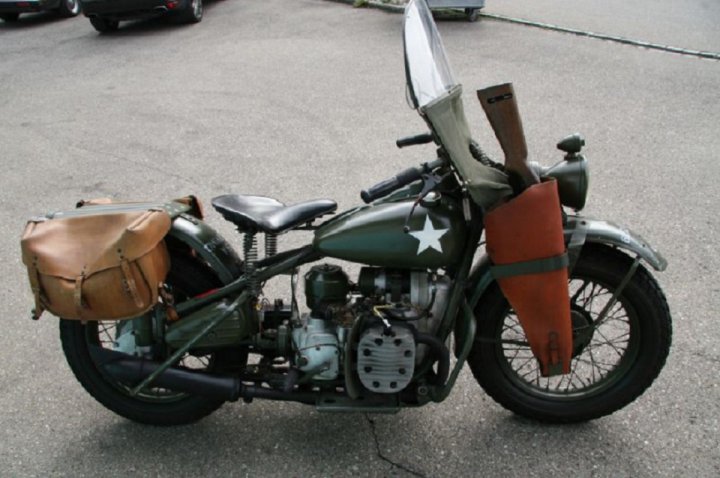
American motorcycles
American technologists were impressed by a WW2 BMW motorcycle. The two-cylinder BMW R71engine, which was fitted with a four-speed gearbox and a cardan transmission of the rear wheel, was installed into the Harley-Davidson 42ХА. The units of North Africa were equipped with this motorcycle. The Harley-Davidson WLA42 is also well-known. It was a counterpart of the civilian Harley-Davidson WL. Stronger wings and an air filter, keeping the engine from dirt, are the main differences between them. WLA42 was imported into the Red Army, and often it was fitted with a M72 sider-car.
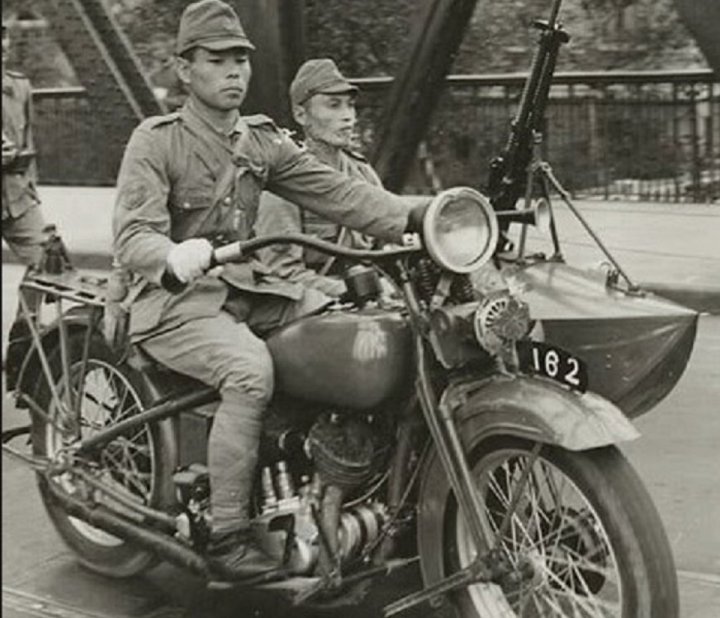
Japanese motorcycles
Japanese WW2 motorcycles are pretty interesting. In contrast with other European countries, Japanese makers copied not the German BMW, but the American Harley. The Japanese Rikuo WL became the real copy of its Harley WL prototype. The Rikuo WL was equipped with a V-shaped engine, which made 22 hp. Sometimes they fitted it with sider-cars.
Other countries, such as Italy, Austria, Belgium and France were also succeeded in motorcycle producing. At the same time their commuters didn’t stand out on a battlefield and were mostly used for connection between units.
#Military #Classic #Bike #WW2


